It’s not only search engines that will penalise you for slow page load speed. It’s users too. Let’s take a look at how to improve page load speed, what it is and how to manage it.
What is page load speed?
It does what it says on the tin: it’s a web performance metric that indicates how long it takes for the page to fully load in the browser after being clicked on. This is not to be confused with site speed. Page load speed refers to the amount of time it takes content to load on a specific page.Why is it so important?
This is something to keep a close eye on because:- Directly impacts user engagement – e.g. bounce rates can be significantly increased (users won’t wait very long for a page to load)
- Quickly-loading pages are essential for good conversion rates
- Every second it takes to load loses you a few visitors
- Poor load speed decreases average time on page
- Google penalises sites that load slowly
- Slow speed can be damaging to SEO efforts
- Failure to fix a slow speed can cause users to stop visiting completely
How to improve page load speed
There are a number of different ways to improve it, including:Image optimisation
Make sure that your images are compressed and aren’t larger than they need to be. Also make sure they’re in the right file format (e.g. PNG or JPEG, depending on the type of image). This should go hand in hand with any other image optimisation you carry out.CSS sprites
Waiting for multiple icons or graphics to load on a page can have a negative impact on UX. So, for graphics you use frequently (e.g. buttons) it’s advisable to use CSS sprites, which combine these into one large image that loads at once. This can make load time significantly quicker.Don’t overdo the redirects
Every time a page redirects to another, users face additional waiting time. So, where possible, try and reduce these.Enable Gzip compression
Gzip can help reduce the size of HTML, JavaScript and CSS files. This, in turn, will help your pages load faster.Minify code
Minifying code is the process of compressing and optimising it to make a website smaller and faster. Ways of doing this include removing any unnecessary characters e.g. commas. Also, take care to remove all unused code.Improve server response
Of course, a slow server response time will have a negative impact on page load speed. Optimising your Time to First Byte (TTFB) can significantly improve this.- Optimising back-end (CMS) performance e.g. disabling certain unnecessary settings
- Utilising server caching
- Avoiding ‘shared hosting’
Use a CDN
A Content Delivery Network refers to a group of servers that work together to promote the faster delivery of Internet content. These can help you dramatically reduce the impact of loading on your original server and therefore improve TTFB also. Make sure the CDN you choose can cache the static HTML of your site, not just things like JavaScript and CSS.Prioritise AMP pages
So some sites, Accelerated Mobile Pages aren’t worth the hassle. However, for many, they can significantly increase the load time for mobile users.Handy tools for improving page load speed
If you’re unsure where to start, there are a number of tools that can help.- Test My Site – easy way to test a website’s performance across mobile and desktop
- PageSpeed Insights – analyses the content of a web page and makes recommendations of what to do to make it quicker
- Image Compressor – a simple way to make JPEG and PNG file sizes smaller
- Pingdom – one of the most well-known speed testing tools
- WebPageTest – helps you measure TTFB






